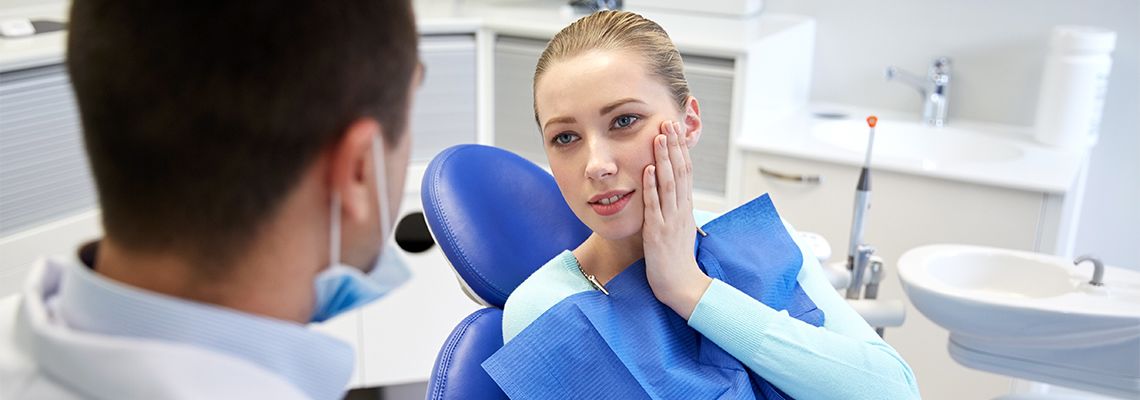Dental malpractice can cause significant harm, whether it's due to a misdiagnosis, improper treatment, or negligence during a procedure. If you’ve experienced this in Maryland or Washington, D.C., understanding how to report dental malpractice and the steps involved can protect your rights.
To The Highest Standards
Schedule a Free Consultation Today
Root Resorption - Orthodontic Treatment in Adults
Everything You Need to Know About Root Resorption
Since 1981, our firm has represented clients who have been injured by the negligence of dentists. Root resorption is a serious dental condition that affects adults. If your dentist fails to take adequate precautions, it can lead to the loss of the affected teeth.
Thus, dentists have a responsibility to take steps to help avoid or minimize the effect of root resorption and to accurately address it immediately. Here’s what you need to know.
Call The Law Offices of Fred B. Goldberg to schedule a free consultation for your MD dental malpractice case.
What Is Root Resorption?
Root resorption in children is the natural process that makes baby teeth fall out to make way for permanent teeth. However, in adults, it refers to the dental condition where the roots of the tooth begin to disintegrate. If ignored, root resorption leads to teeth with no real anchor into the bone, and the teeth first become mobile and then can fall out altogether.
What Are the Symptoms of Root Resorption?
Symptoms of root resorption may include:
Discoloration of the tooth
A dull aching sensation
A loose or wiggly tooth
What Causes Root Resorption?
Root resorption among adults is not very common, and much is still unknown about its causes. However, there are certain factors that have been linked with this condition. It is much more prevalent in adults undergoing orthodontic forces moving teeth. And, among adults who have autoimmune deficiencies or conditions, the incidence of root resorption during tooth movement is far greater.
Because the incidence of root resorption in immunocompromised adults is higher, it is recommended that once placed in braces, those adults undergo x-rays after 3-6 months in braces to monitor root resorption. In the event there is a change in root structure noticed, the proper protocol is to stop the force movement of the teeth for 3-6 months and then it can begin again.
If the force movement is continued without monitoring or a halt in orthodontic therapy, there is a strong likelihood that the root resorption will continue until the teeth become excessively mobile, or even fall out.
Can I Sue My Orthodontist for Root Resorption?
If your root resorption resulted from improper or careless dental treatment, you can pursue a dental malpractice lawsuit. Dentists and orthodontists owe a duty of care to patients. This involves doing no harm.
Thus, if a dentist is lazy or does not exercise proper care when performing orthodontic treatments, and it results in root resorption and tooth loss, you may be able to pursue a settlement. Our office has been very successful in pursuing root resorption cases for our clients.
Furthermore, dentists can be held liable for failing to diagnose and properly treat root resorption. X-rays are an easy, inexpensive and harmless way to detect this condition. Accurate and timely diagnosis is important to halt the progress of root resorption.
Efficient & Reliable Representation for Dental Malpractice Victims
If you or a loved one have suffered root resorption or other injuries because of your dentist’s negligence or failure to provide proper treatment and care, The Law Offices of Fred B. Goldberg, PC., can help. We can discuss your options for pursuing compensation, and walk you through the process.
With decades of legal experience, our Columbia dental malpractice attorney can answer your questions and uphold your right to a settlement for damages resulting from your injury.
Have you suffered from root resorption? Contact our firm today for a free case evaluation with our dedicated lawyer.
RECENT POSTS
At The Law Offices of Fred B. Goldberg located in Columbia, Maryland, the firm understands the intricacies and challenges that come with pursuing a dental malpractice lawsuit. Dental malpractice cases can be difficult to manage, often involving intricate medical details and personalized legal guidance.




